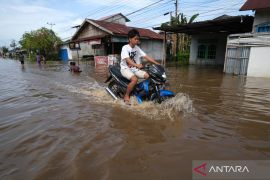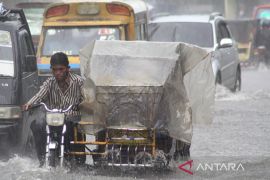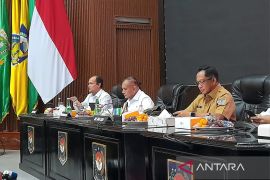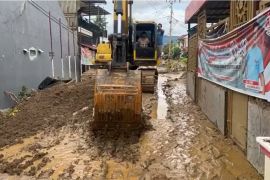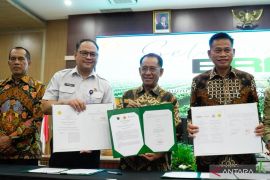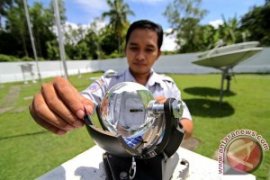This initiative is part of an innovative collaboration between Universitas Gadjah Mada (UGM) and Telkom Indonesia and will be integrated with the tsunami early warning system of the Meteorology, Climatology, and Geophysics Agency (BMKG).
"This technological innovation research is needed to strengthen the existing tsunami early warning system," BMKG Head Dwikorita Karnawati remarked in Jakarta on Friday.
She noted that submarine optical cables are currently a solution to expand the tsunami sensor network in Indonesian waters and surrounding areas, in addition to serving as a medium for data, information, and telecommunications exchange.
She explained that the use of optical cables to detect changes in pressure or underwater waves as early tsunami indicators is also considered relevant, given their widespread presence in Indonesian waters.
"If this optical cable can detect tsunamis, then sensors can be more evenly distributed throughout the region, including marine areas that currently do not have a detection system," Karnawati stated.
Related news: BMKG's additional sensors to improve tsunami early warning system
However, to truly test its accuracy and reliability, the submarine optical cable technology must undergo feasibility and conformity testing with national standards before being integrated into the Indonesia Tsunami Early Warning System (InaTEWS), she added.
Indonesia is surrounded by 13 megathrust zones, as indicated on the 2017 earthquake hazard source map (PuSGen). Two of these are the Sunda Strait megathrust zone, which partly stretches across South Java and Bali, and the Mentawai-Siberut megathrust zone in West Sumatra.
BMKG experts believe the Sunda Strait and Mentawai-Siberut megathrust zones pose the most significant disaster threat, as a major earthquake can occur at any time. Based on data from this segment, no major earthquake has been recorded for hundreds of years.
"The tsunami early warning system involves not only technology but also the speed of response, information accuracy, and the safety of millions of lives. Therefore, technology integration must meet strict standards," Karnawati stated.
The BMKG has expressed its readiness to facilitate the validation and integration of optical submarine cable technology into the national system to support research and industry collaboration to protect communities from disaster risks.
Related news: BMKG, JICA collaborate to develop quake, tsunami early warning system
Translator: M. Riezko Bima, Resinta Sulistiyandari
Editor: Yuni Arisandy Sinaga
Copyright © ANTARA 2025




